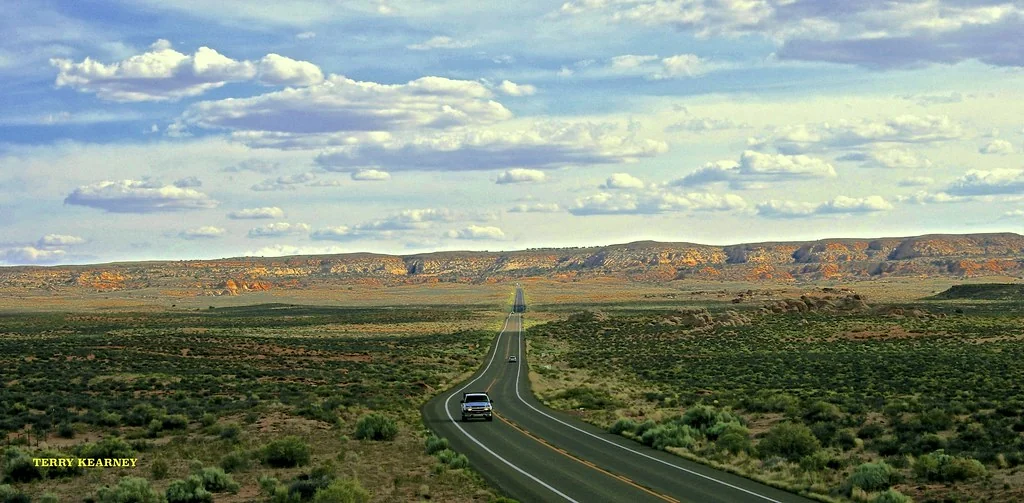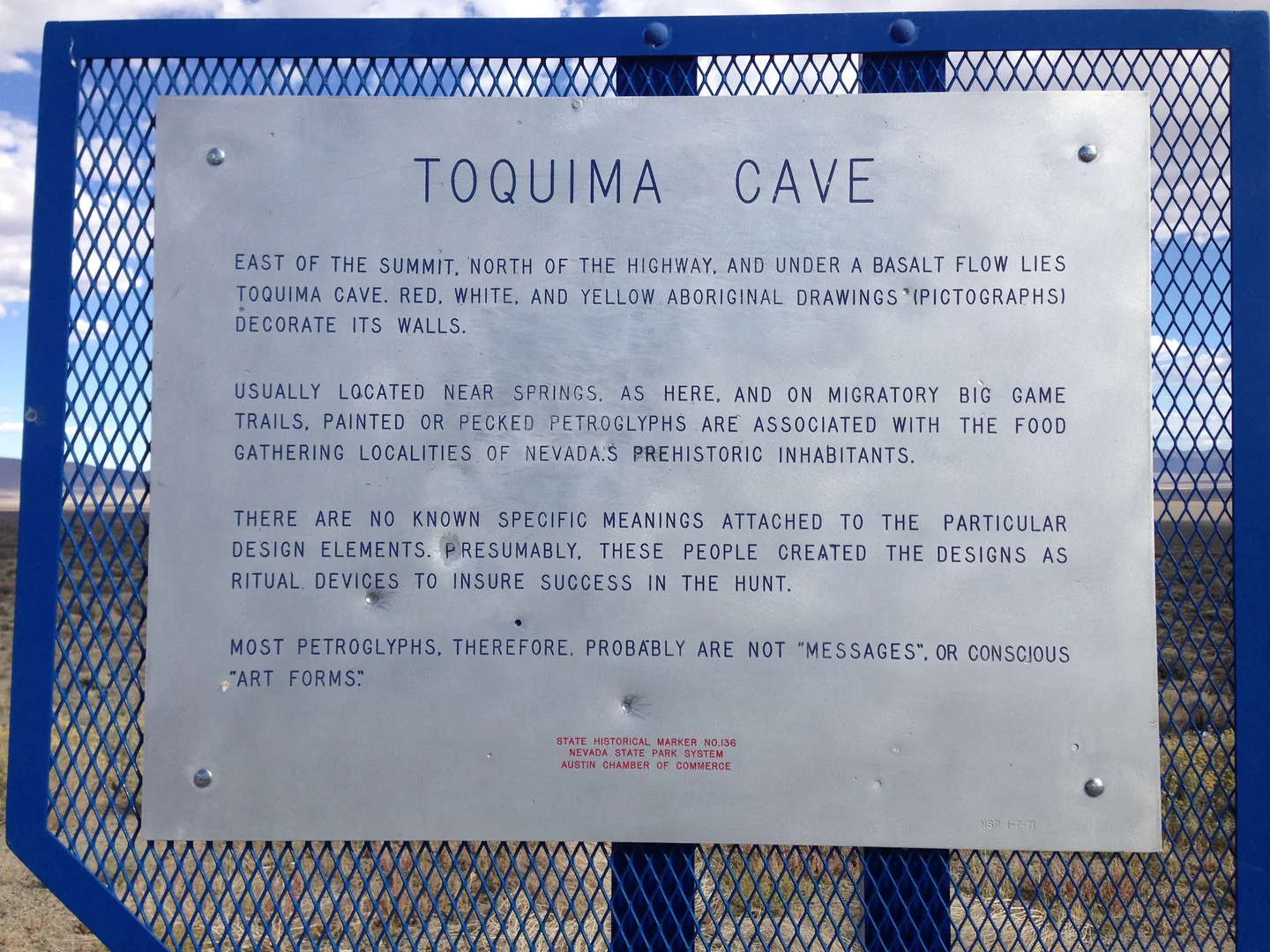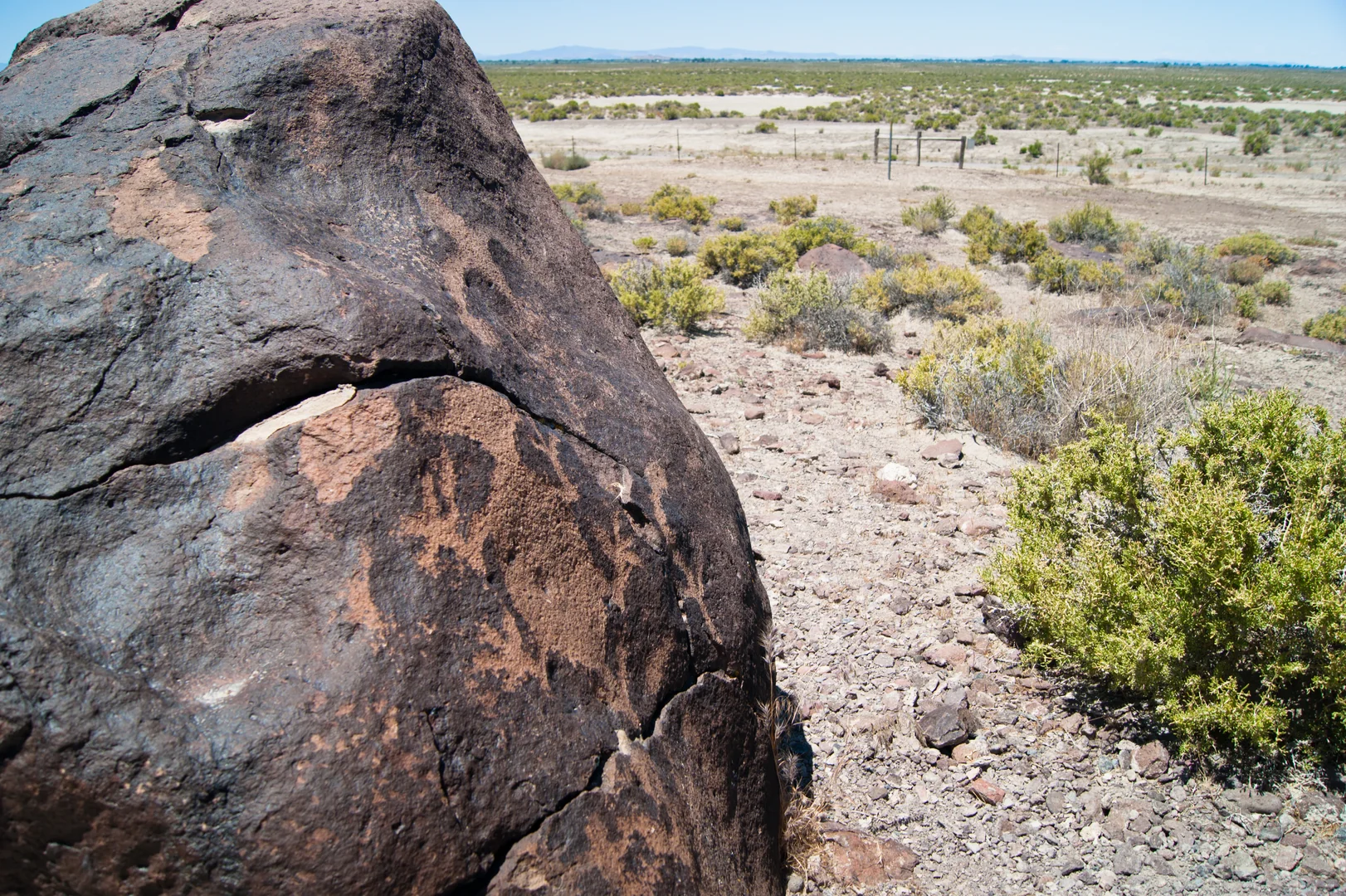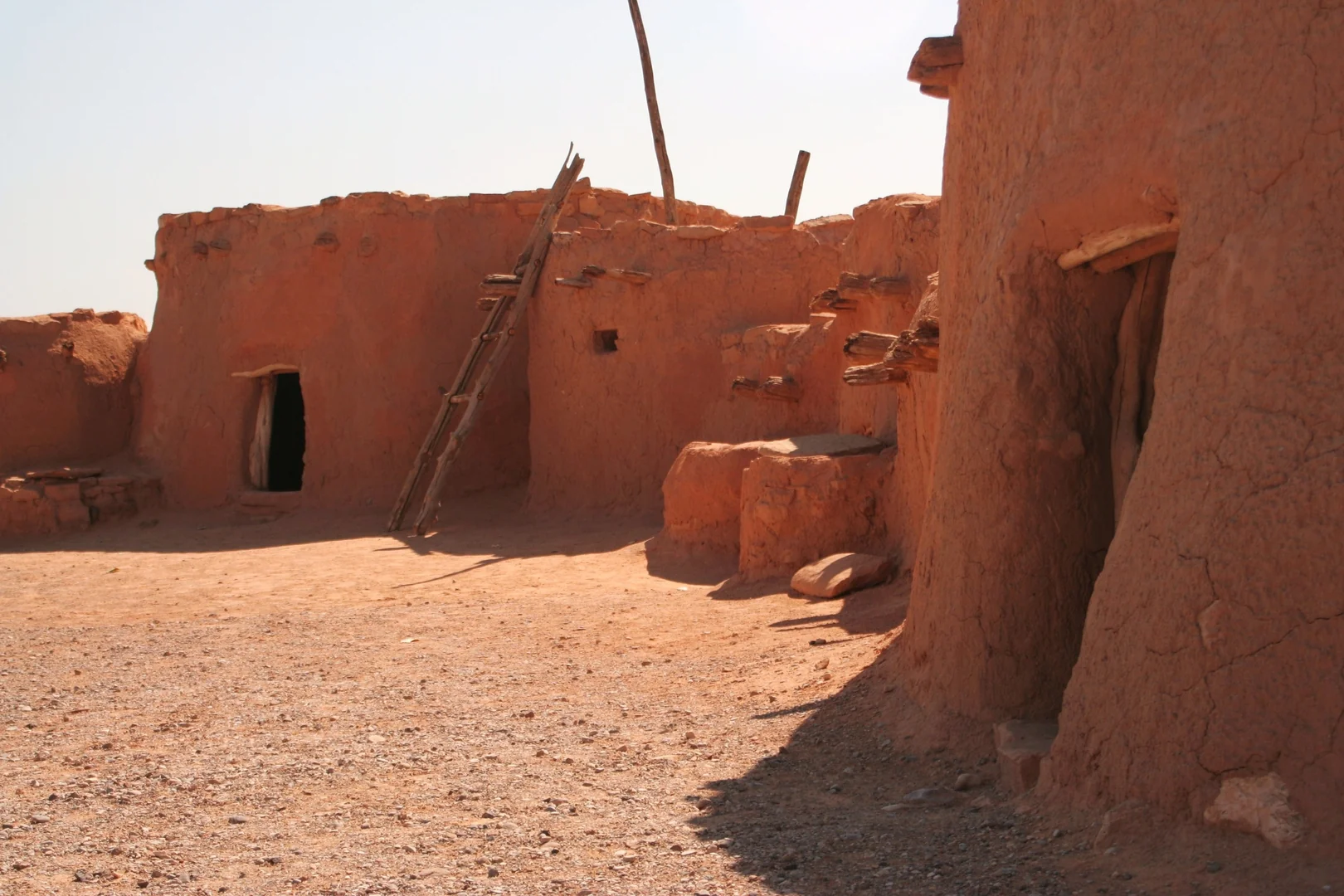4 Most Significant Archaeological Sites in Nevada
Complete guide to 4 most significant archaeological sites in nevada. Detailed information, recommendations, and everything you need to know

Nevada's desert landscapes hold secrets that span thousands of years, from ancient Native American settlements to mysterious cave dwellings that continue to puzzle archaeologists today. The Silver State's archaeological treasures tell stories of human adaptation, artistic expression, and cultural evolution in one of America's most challenging environments. These sites offer visitors a chance to step back in time and witness evidence of sophisticated societies that thrived long before European settlement.
Whether you're drawn to prehistoric petroglyphs carved into volcanic rock, fascinated by mummified remains preserved in dry caves, or curious about ancient pueblo communities, Nevada's archaeological sites deliver experiences you won't find elsewhere. Each location presents unique challenges and rewards for visitors, from remote desert locations requiring careful planning to museum settings that provide context and interpretation. Understanding what to expect, when to visit, and how to prepare will help you make the most of these remarkable windows into the past.
Lovelock Cave
Situated about 20 miles south of Lovelock in west-central Nevada, this dry cave gained international attention in the early 1900s when miners discovered remarkably preserved artifacts and human remains dating back over 4,000 years. The cave's arid environment created perfect conditions for preservation, yielding duck decoys, baskets, sandals, and textiles that provide unprecedented insight into ancient Paiute culture.
The entrance to this remarkable site sits within the Humboldt Sink area, where the historic valley floor meets dramatic rock formations. Professional excavations led by the University of California revealed layers of occupation spanning millennia, with the most significant finds dating to the Lovelock Culture period around 2000 BCE. The famous red-haired mummies discovered here sparked decades of scientific study and unfortunately, wild speculation that often overshadowed the site's genuine archaeological importance.
Visiting Lovelock Cave requires advance planning and permission from the Nevada Bureau of Land Management. The site is not open for casual visitation due to its archaeological sensitivity and safety concerns. However, guided tours can sometimes be arranged through local archaeological societies or university programs during specific research periods. The best time to inquire about access is during spring and fall months when weather conditions are most favorable for desert travel.
If you can't access the cave directly, the Marzen House Museum in Lovelock displays many artifacts recovered from the site, including the famous duck decoys that revolutionized understanding of prehistoric hunting techniques. The museum is open Tuesday through Saturday from 10 AM to 4 PM, with admission costing $5 for adults. Staff members are extremely knowledgeable about the cave's history and can provide detailed information about the archaeological work conducted there.
Gypsum Cave
Located in the Lake Mead National Recreation Area near Las Vegas, Gypsum Cave represents one of Nevada's most scientifically significant archaeological discoveries. This limestone cavern system yielded evidence of human occupation dating back 10,000 years, along with remains of extinct ground sloths and other Ice Age megafauna. The cave's unique chemistry preserved organic materials that rarely survive in typical archaeological contexts.
The site gained prominence in the 1930s when excavations revealed human artifacts in association with giant ground sloth remains, suggesting these early inhabitants may have encountered the last of these massive creatures. Radiocarbon dating later refined our understanding of the chronology, but Gypsum Cave remains crucial for understanding Paleo-Indian adaptation in the Great Basin region. The distinctive gypsum formations that give the cave its name created an environment unlike any other archaeological site in North America.
Access to Gypsum Cave itself is restricted due to safety concerns and the need to protect remaining archaeological deposits. The cave entrance requires technical climbing equipment and poses serious risks from rockfall and toxic gases. However, the Lake Mead Visitor Center provides excellent exhibits about the cave's discoveries and their significance to understanding early human settlement in the region.
For those interested in the broader archaeological landscape, the surrounding area offers several hiking trails that pass by other caves and rock shelters used by ancient peoples. The Historic Railroad Trail provides easy access to viewpoints where you can see the cave entrance from a safe distance. Park rangers offer guided programs during cooler months (November through March) that discuss the cave's importance and the ongoing research conducted in the area.
Plan to spend at least half a day exploring the visitor center exhibits and nearby trails. The area can be extremely hot during summer months, with temperatures often exceeding 110°F, making spring and fall the ideal times for visitation. Bring plenty of water, sun protection, and sturdy hiking shoes if you plan to explore the surrounding archaeological landscape.
Toquima Cave
Hidden in the remote Toquima Range of central Nevada, this high-altitude cave contains some of the oldest reliably dated human remains in North America, with evidence of occupation stretching back nearly 11,000 years. The cave sits at approximately 7,000 feet elevation, where cooler temperatures and different plant communities provided ancient inhabitants with resources unavailable in the lower desert valleys.
Archaeological investigations at Toquima Cave revealed a complex sequence of occupation layers containing stone tools, basketry, and food remains that document changing subsistence strategies over millennia. The site's high elevation location made it particularly valuable as a seasonal camp where groups could hunt bighorn sheep and gather pine nuts during autumn months. The remarkable preservation conditions allowed researchers to recover detailed information about ancient diets, including evidence of various seeds, roots, and animal remains.
Reaching Toquima Cave requires a challenging drive on rough dirt roads followed by a steep hike through pinyon-juniper woodland. A high-clearance vehicle is absolutely essential, and four-wheel drive is recommended during wet conditions or winter months. The final approach involves scrambling over loose rock, so proper hiking boots and careful route-finding skills are necessary.
The cave entrance offers spectacular views across the Reese River Valley, making the difficult journey worthwhile even beyond its archaeological significance. However, visitors must remember that this is an active archaeological site protected by federal law. Disturbing artifacts or cave deposits carries severe penalties, and the remote location means help could be hours away in case of emergency.
The best approach for most visitors is to contact the Austin Museum or the Toquima Cave Foundation, which occasionally organize guided trips to the site during summer months. These tours typically cost around $75 per person and include transportation from Austin, expert interpretation, and safety equipment. The museum also displays artifacts recovered from the cave, providing context that enhances understanding of this remarkable site's importance to Great Basin archaeology.
Grimes Point Archaeological Site
Just east of Fallon along Highway 50, Grimes Point offers Nevada's most accessible collection of ancient petroglyphs, with over 150 boulders bearing carved symbols created by indigenous peoples between 8,000 and 1,000 years ago. This remarkable concentration of rock art sits on an ancient Lake Lahontan shoreline, where retreating waters left behind the perfect canvas of dark basalt boulders against lighter desert pavement.
The petroglyphs at Grimes Point include geometric designs, animal figures, and abstract symbols whose meanings continue to intrigue archaeologists and visitors alike. Many carvings appear to relate to hunting activities, with clear depictions of bighorn sheep, deer, and birds. Others may represent astronomical observations, territorial markers, or spiritual concepts important to the artists who created them. The site's location along an ancient travel route suggests it served as a gathering place where different groups left their mark over thousands of years.
A well-maintained interpretive trail makes Grimes Point easily accessible to visitors of all ages and abilities. The quarter-mile loop trail features numbered stops corresponding to a detailed brochure available at the trailhead. Plan to spend 45 minutes to an hour walking the full trail and reading the interpretive information. The site is open year-round with no admission fee, though summer temperatures can be brutal during midday hours.
The best photography conditions occur during early morning or late afternoon when low-angle sunlight highlights the carved symbols. Bring polarizing filters to reduce glare from the dark rock surfaces. The site includes picnic tables and restroom facilities, making it an excellent stop for families traveling across Nevada on Highway 50.
Adjacent to the main petroglyph site, Hidden Cave offers guided tours on the first and third Saturday of each month from March through October. This tour requires advance reservations through Churchill County Museum and costs $10 for adults. The cave contains no rock art but provides important context about how ancient peoples used these lakeside resources for seasonal camps and food storage.
Lost City Museum
Located in Overton near Lake Mead, the Lost City Museum preserves and interprets the remarkable Ancestral Puebloan sites flooded during Lake Mead's creation in the 1930s. Before the rising waters covered them forever, archaeologists from the National Park Service conducted extensive excavations at Pueblo Grande de Nevada and dozens of smaller sites, recovering artifacts that span over 1,000 years of continuous occupation from 300 to 1150 CE.
The museum houses one of the Southwest's finest collections of Ancestral Puebloan artifacts, including complete pottery vessels, intricately woven baskets, stone tools, and jewelry that demonstrate sophisticated craft traditions. Reconstructed pueblo rooms show how these ancient farmers adapted to the Mojave Desert environment, developing innovative irrigation systems and storage techniques that sustained permanent villages along the Virgin and Muddy Rivers.
The museum's outdoor exhibits feature authentic pueblo structures relocated brick-by-brick before the flooding, including a complete pithouse and several room blocks that visitors can explore. These structures provide tangible connections to daily life in the ancient settlements, from grinding corn on metates to storing surplus crops in specially designed granaries. The museum's location offers stunning views across the historic valley where these communities once thrived.
Open Tuesday through Sunday from 8:30 AM to 4:30 PM, the museum charges $5 admission for adults, with children under 17 entering free. The facility includes a research library, gift shop featuring authentic Native American crafts, and rotating exhibits that highlight ongoing archaeological discoveries in the region. Air conditioning makes this an excellent summer destination when outdoor sites become uncomfortably hot.
Special programs throughout the year include pottery demonstrations, traditional craft workshops, and lectures by archaeologists working in the area. The annual Nevada Archaeology and Historic Preservation Day in May features hands-on activities, guided tours, and presentations that bring the ancient past to life for visitors of all ages. The museum's knowledgeable staff can provide detailed information about other archaeological sites throughout southern Nevada and adjacent areas.







